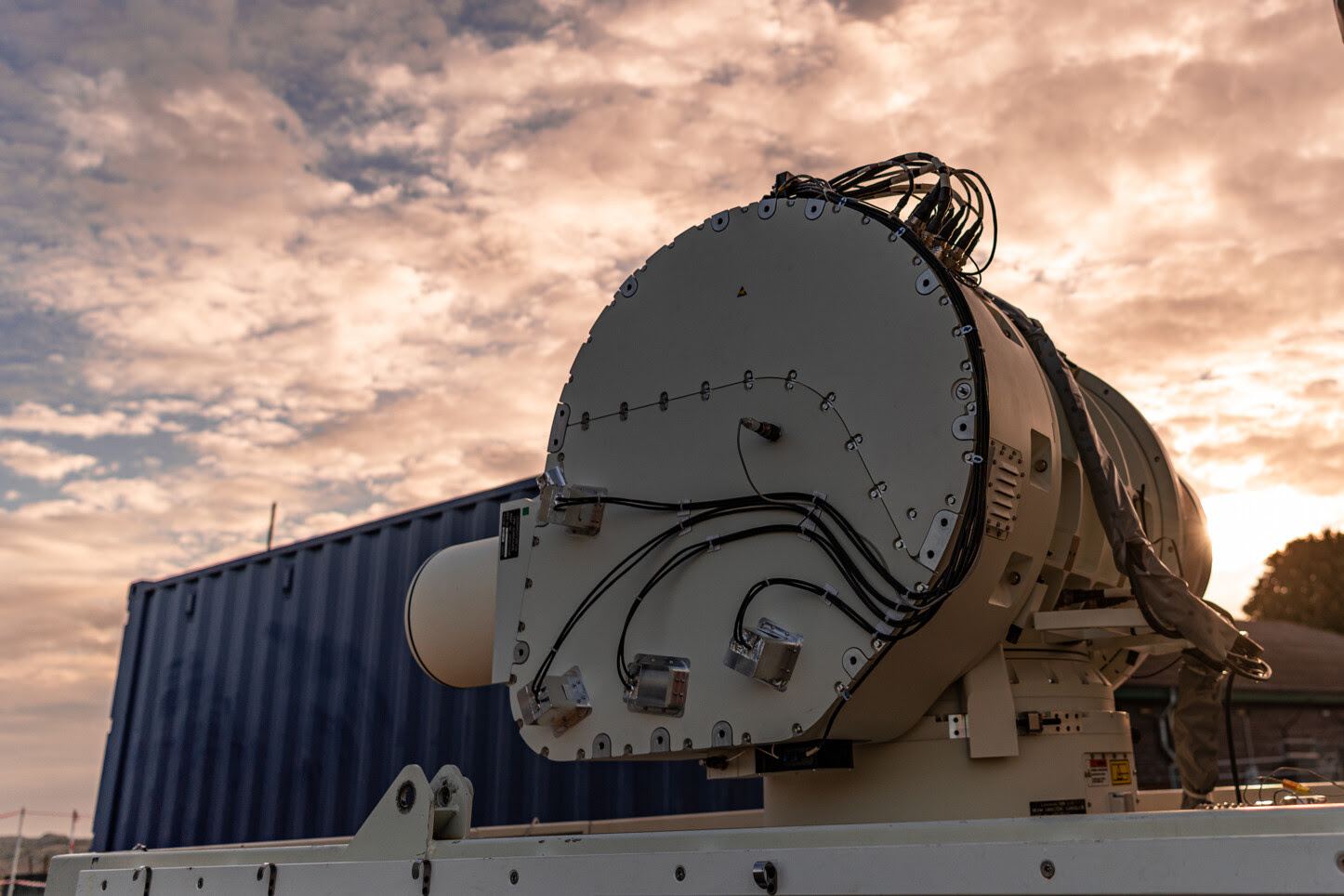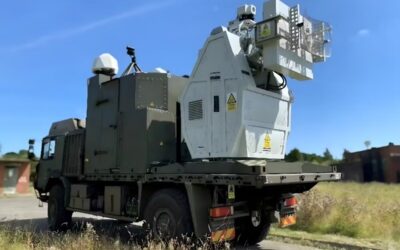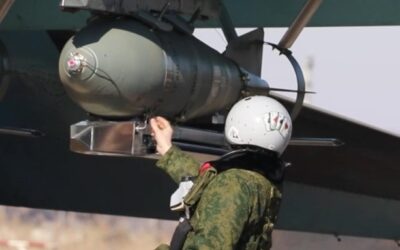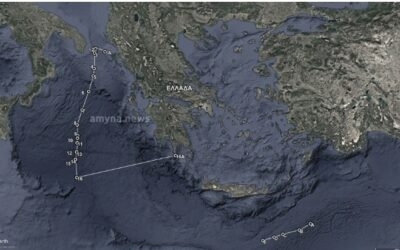At the Air Defence Range in Manorbier, West Wales, the British Army has completed the most extensive trials to date of a Radiofrequency Directed…

DragonFire, the UK Ministry of Defence’s Laser Directed Energy Weapon (LDEW) project, is one step closer to becoming an operationally “viable” solution.
The UK MoD-sponsored Defence Science and Technology Laboratory (Dstl) announced it had successfully completed trials of the said High Energy Laser (HEL) weapon system at a firing range. The said trials included targeting a UAV and metal targets designed to approximate ship and aircraft skin.
According to Dstl officials, trials confirmed DragonFire’s capability to generate “useful effects” against a variety of targets. The weapon system features a 50-kW-class laser.
The trials had focused on engaging line-of-sight targets at various ranges up to 2.1 miles, even during heavy rain. Specifically, DragonFire neutralized a quadrotor drone at an undisclosed range, in addition to piercing a variety of metallic materials designed to simulate aircraft skin and ship hulls.
Components featured in the trial included the HEL from Qinetiq, beam director from Leonardo UK, and MBDA UK’s image processing and command/control (C2) technology, which all enable required levels in “fine” and “ultra-fine” pointing and tracking precision.
Also read: Israel | Laser system intercepts UAVs and airborne threats at only a few dollars cost – VIDEO
The program is led by MBDA UK and supported by Dstl, Qinetiq, and Leonardo UK, and according to the consortium, the latest test phase has proven that the technology is “viable”. As such, industry sources from the consortium suggested they were already speaking to the MoD about the potential integration of DragonFire into UK defence programs.
DragonFire is expected to be initially deployed as part of a wider, integrated solution featuring alternative weapon systems like missiles, while it could be deployed as a standalone solution once technology had matured enough.
To date, the industrial consortium is working up plans to reduce the size, weight, and power requirements, robustness, and maintainability of DragonFire along with developing concepts of operation before handing the HEL over to end users.
Concepts include the integration of HEL technologies into a Royal Navy Type 23 frigate as well as a British Army Wolfhound armored vehicle, both for counter-unmanned aerial system (C-UAS) missions.
READ MORE
Saronic | Acquisition of Gulf Craft Shipyard and Launch of New mUSV Marauder
Saronic has recently announced the acquisition of Gulf Craft, a Louisiana-based shipbuilder, as part of its strategy to accelerate growth…
Lima | Ukraine’s Game-Changing Jammer Against Russian Glide Bombs
Ukraine has deployed a new electronic warfare system that is reshaping the dynamics of aerial combat on the battlefield.
Britain | Defence Agreement with the EU Just Around the Corner
Talks between London and Brussels on a new strategic defence deal are reportedly at an advanced stage, with British Prime Minister Keir Starmer…
UK | Trial of New RF Weapon That Downs Over 100 Drones
At the Air Defence Range in Manorbier, West Wales, the British Army has completed the most extensive trials to date of a Radiofrequency Directed…
Saronic | Acquisition of Gulf Craft Shipyard and Launch of New mUSV Marauder
Saronic has recently announced the acquisition of Gulf Craft, a Louisiana-based shipbuilder, as part of its strategy to accelerate growth…
USA – Iran | Third Round of Nuclear Talks Next Week
Iran and the United States have agreed to assign teams of experts to begin drafting a framework for a possible nuclear deal…
Greece | Declaration of EEZ in the Ionian Sea and Presentation of Maritime Spatial Map
In an initiative with significant geopolitical and economic implications, Greece has declared an Exclusive Economic Zone (EEZ) in the Ionian Sea…
Lima | Ukraine’s Game-Changing Jammer Against Russian Glide Bombs
Ukraine has deployed a new electronic warfare system that is reshaping the dynamics of aerial combat on the battlefield.
















